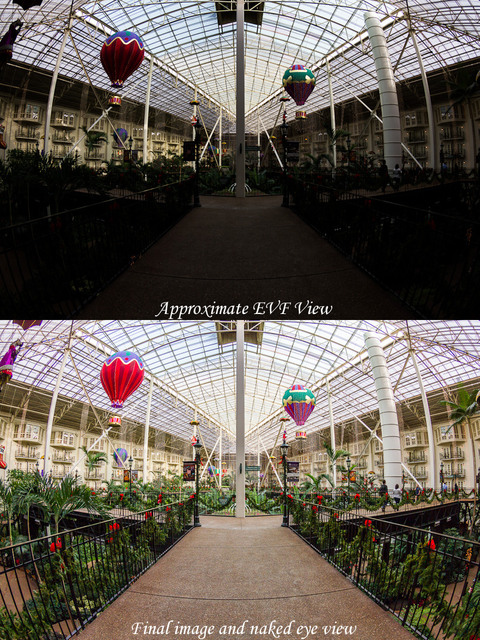voronspb
Senior Member
I remember 2005, when the OVF in EOS 300D looked like a miracle in entry-level digital cameras, offering great quality, lightning-fast AF and convenient display in the bottom.
Even not so long ago, ca. 2013, the OVF offered obvious advantages over Live View:
'2013 DSLR viewfinder (PDAF):
But! By 2019 the situation has turned upside down, especially in entry-level cameras, and we clearly see it in EOS Rebel SL3.
'2019 Entry-level DSLR viewfinder (PDAF):
Then why do we need the OVF at all? After the release of SL3 it's clearly seen that entry-level DSLRs are doomed, and their end of era is obvious.
Even the low price may not save them, as you can make such a camera even cheaper by just throwing away the mirror and viewfinder (keeping the EF-S mount), without much loss in performance.
Even not so long ago, ca. 2013, the OVF offered obvious advantages over Live View:
'2013 DSLR viewfinder (PDAF):
- (+) Super-fast AF
- (+) AF tracking
- (+) Great battery life
- (-) Very slow AF
- (-) No tracking
- (-) Poor battery life
But! By 2019 the situation has turned upside down, especially in entry-level cameras, and we clearly see it in EOS Rebel SL3.
'2019 Entry-level DSLR viewfinder (PDAF):
- (-) Too few AF points (9), poor spread
- (-) Cannot detect faces and eyes
- (-) Focus accuracy not guaranteed
- (-) Using fast lenses is tricky due to lack of AFMA
- (-) So-so tracking
- (-) Off-center AF points are unreliable
- (+) Great battery life
- (+) Many AF points (several hundreds) covering entire frame
- (+) Prioritizes eyes and faces
- (+) Great accuracy
- (+) No AFMA required anymore
- (+) AF tracking is as reliable as one-shot AF
- (+) All AF points are equally good
- (-) Poor battery life
Then why do we need the OVF at all? After the release of SL3 it's clearly seen that entry-level DSLRs are doomed, and their end of era is obvious.
Even the low price may not save them, as you can make such a camera even cheaper by just throwing away the mirror and viewfinder (keeping the EF-S mount), without much loss in performance.




